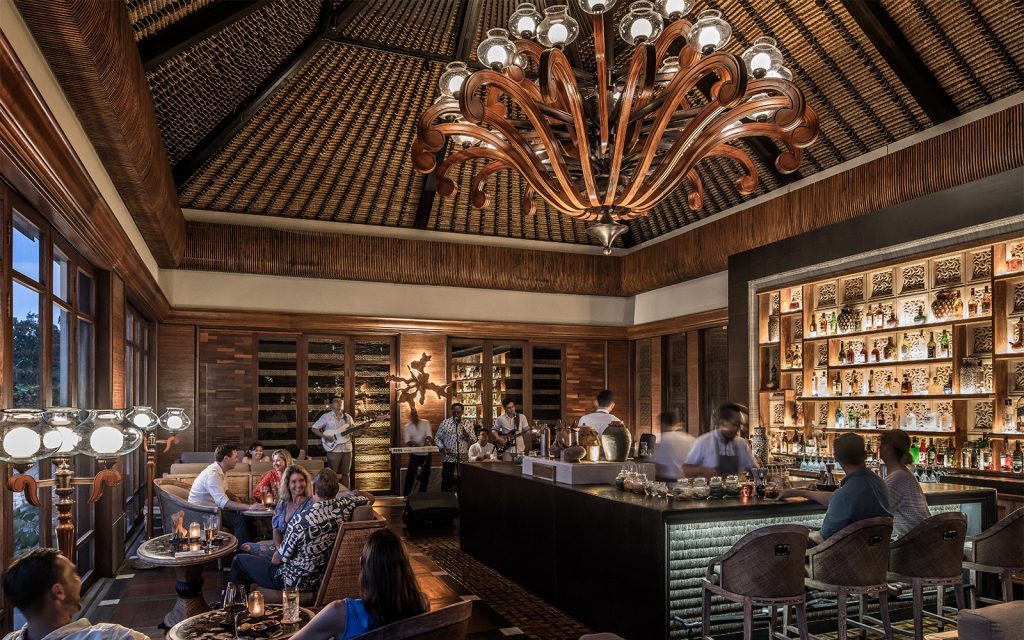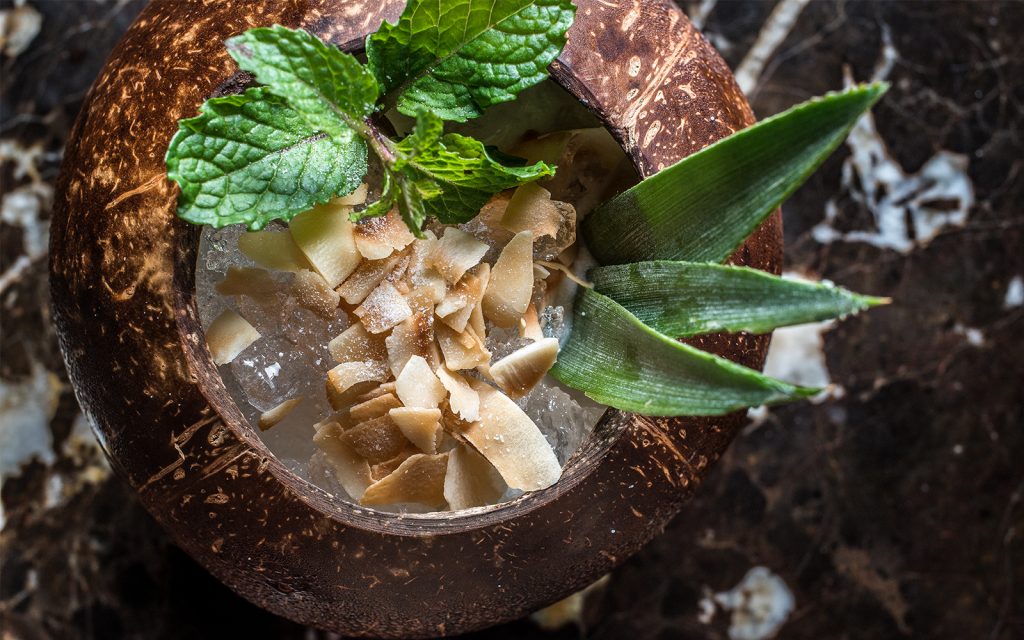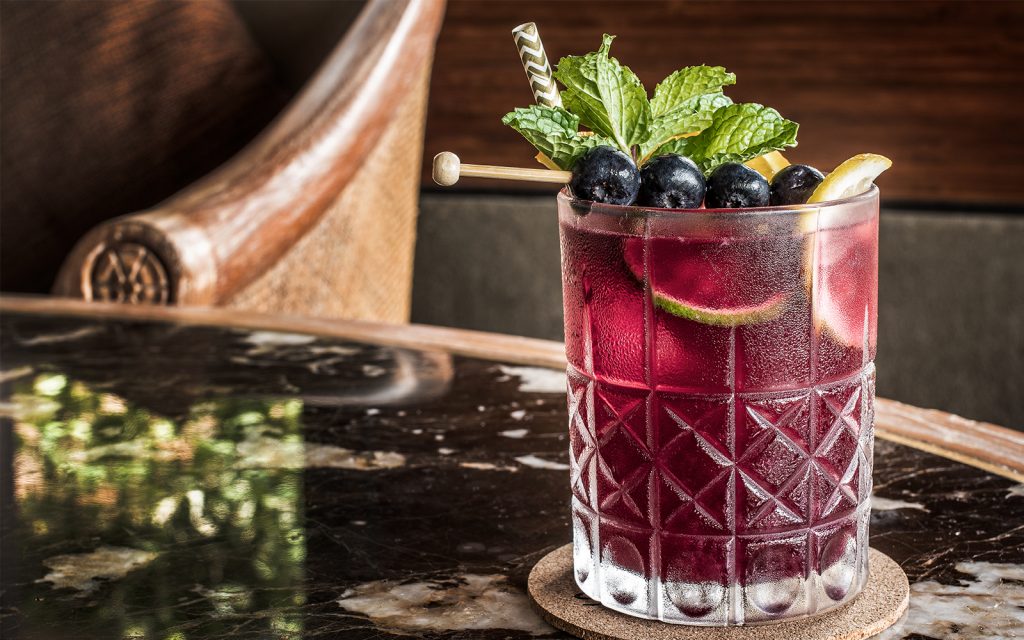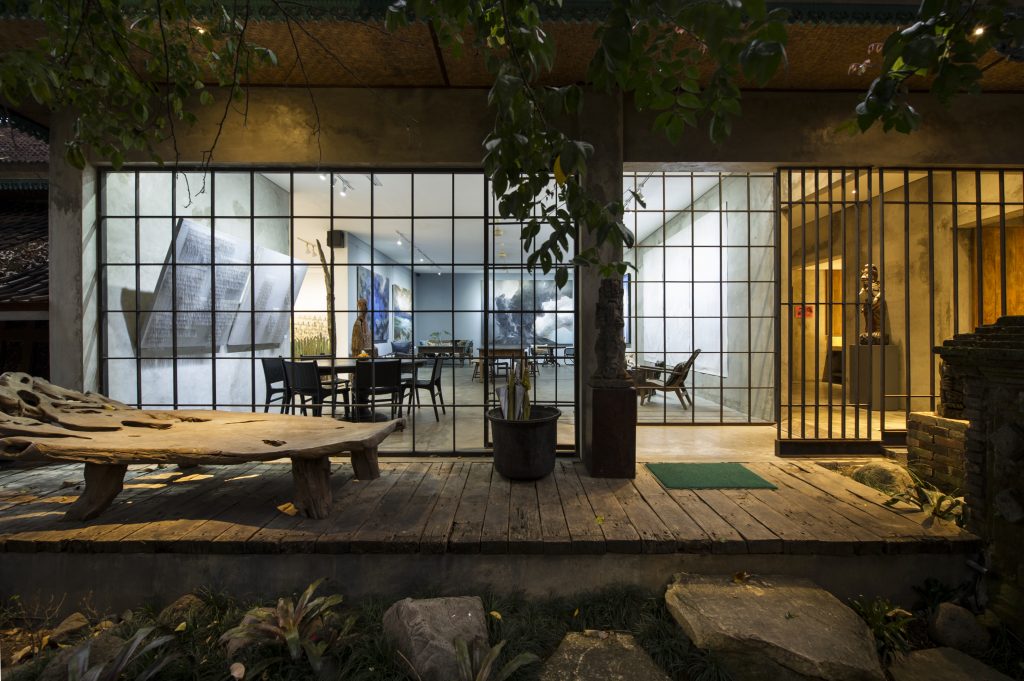Culture Infuses with Arak at Sundara, Bali
A new cocktail program that centers on stories and tradition at the Four Seasons Jimbaran Bay

Bartender Widya Oktarina peers into a ceramic jug filled with arak and carefully stirs the infusion. “I like the new menu, but the basil and mango cocktail is my favorite,” she says. “It feels the most like Bali. We have fresh mango for the infusion. We use the local basil. I’m proud to share the flavors of Bali.” Oktarina’s work has become more than making drinks; she shares culinary traditions and culture at the Sundara Beach Club inside the seaside Four Seasons Jimbaran Bay.

The Sundara bartenders, along with Food and Beverage Director Nicolas Senes, named their new cocktail menu A Liquid History of Indonesia and it serves to share stories of historic eras of Indonesia—from ancient times to the Spice Wars to modern day. To begin the conversation, the bartenders pour a flight of arak into small wooden cups to highlight the spirit neat, as well as infused with vanilla and mango.

Traditionally, Balinese people produced arak all over the island for their celebrations. Some arak is made from coconut flowers. That dangerous process involves climbing coconut palm trees to collect the nectar from coconut flowers to make tuak. The tuak is then put in a drum, along with the coconut husks, for fermentation before being boiled and distilled to produce arak.
The Four Seasons works with the one producer of arak on the island of Bali, Dewi Sri. This distillery has made their Arak Bali (crafted with rice) in Sanur since 1968. (They also make Brem Bali, a Balinese brem rice wine with traditional fermentation and winemaking practices.) Believed to have medicinal qualities and benefits, arak has traditionally been handmade for religious ceremonies and events.

IB Gontama set up Dewi Sri, the first legal and professional distillery in Bali, in his native Sanur. Their process for making arak begins with cooking locally grown rice. They ferment the cooked rice in Spanish copper stills. The copper reduces sulfur to make their Bali Arak to achieve a high-quality spirit that’s pure and smooth.
Senes first tasted Bali Arak from Dewi Sri when he moved to Bali. “The staff wanted me to try it,” he remembers. “My first impression is that it is very floral and herbal like you would find in a gin almost, but not as dry as a gin. More with the malt of a sake. Some rounder notes of fuller body in your mouth and my first thought was we can use this for cocktails.”
“When I worked at our Guangzhou property, we had a bar that worked with local spices,” says Senes. “We were trying to trying to give a more local flair to our cocktails, so we started adding the local spirit Maotai. It is pretty strong, heavy. It’s full of flavor. We noticed we needed a lot of infusion to tone down some of the strong flavors.”

Senes thought if the Arak has some of the qualities of gin, they could make an arak and tonic. “We started to infuse the arak with local spices from the herb garden at Jala, our cooking academy,” he adds. Senes challenged his team to help create inspired arak and tonic pairings. The mango arak with basil tonic has become a favorite, along with the rosella arak with pomegranate tonic.
They infuse the tonic water inside siphons with the herbs and fruits—and with plenty of experimentation. Everything from charcoal-infused arak, served in a coconut shell to salak-infused arak with lemon, tamarind and pineapple juice and beyond make for an adventurous menu.

To tell more Indonesian history, the menu also includes items harking to the Portuguese and Spanish Spice Wars which began in the 16th century. The Merdeka page of the menu features 1945 to present day, Indonesia’s era of independence. This section celebrates diversity, with drinks made using Japanese sake and Mexican tequila. “We are bringing the identity of Bali to the modern bar world,” Senes tells us. “We are super-excited about this menu. There is a great pride about what we are doing. 90% of our staff is Balinese. They are very proud that we are working toward elevating and giving nobility to one of their own products.”
It’s better when the staff has the chance to tell their own stories
“It’s better when the staff has the chance to tell their own stories that relate to the experience they are creating for the guests,” he concludes.
These stories—sharing tales of family, friends, experiences, places and culture—are a welcome addition to the imaginative cocktail program. With arak at the heart of the menu, the team fills every glass with stories of their beautiful island.
Wajik Ireng
1 oz brem
1.5 oz arak infused with charcoal
3 oz coconut water
3 oz coconut puree
.5 oz palm sugar water
Chill the serving glass. Stir all of the ingredients for 20 seconds. Garnish with mint sprig and icing sugar.
(To make a cocktail with a similar profile, replace the arak and brem with aged dark rum.)
Images courtesy of Four Seasons












